A first look at how RSAF’s upcoming F-35 fighter jets will be refuelled mid-air
DARWIN: “Trailing the hose,” the pilot of the Republic of Singapore Air Force (RSAF) A330 multi-role tanker transport (MRTT) announced briskly to the cabin.
Looking out of the window, a pod under the wing spit out a long, thin black line that was hard to spot against the fluffy clouds and blue sky.
Like a tentacle, the hose quickly extended and reached out far to the rear, its basket tip gently bobbing as the MRTT cruised at hundreds of kilometres an hour.
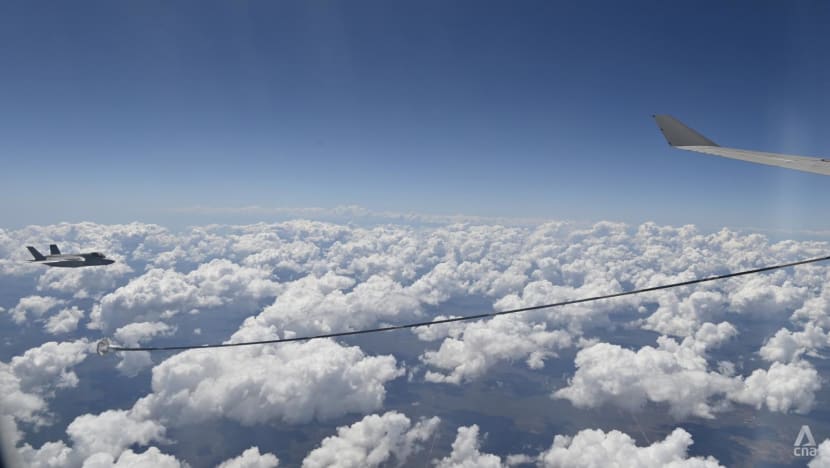
On the right side, a United States Marine Corps F-35B appeared and floated upwards, soon followed by another. The stealth fighters avoided the hose – this was one of the few occasions they needed to be “visible” while airborne – but kept within arm’s length, waiting for another ally.
Several minutes passed before a third F-35B, known as the receiver in aerial refuelling parlance, emerged from beneath the MRTT.
The fighter jet, fuel probe to the side of the cockpit already visible, edged closer and closer to the hose, mirroring the subtle movements of the basket.
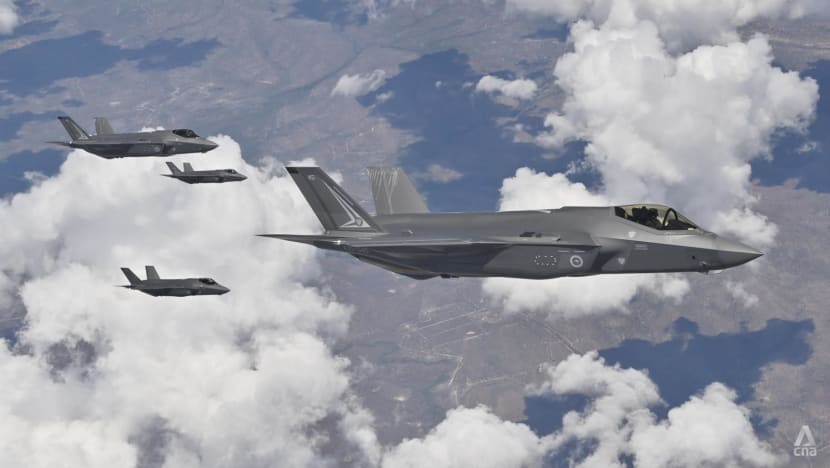
And when everything lined up, the F-35B lurched forward just a tiny bit, snapping probe and basket together. Fuel gushed through the hose and the mission was a success – another job well done by both refueller and receiver.
“All of the refuelling done is very challenging,” air refuelling operator 2nd Sergeant (2SG) Lim Li Jun, 27, told reporters on Wednesday (Aug 31) on the MRTT after refuelling the F-35B.
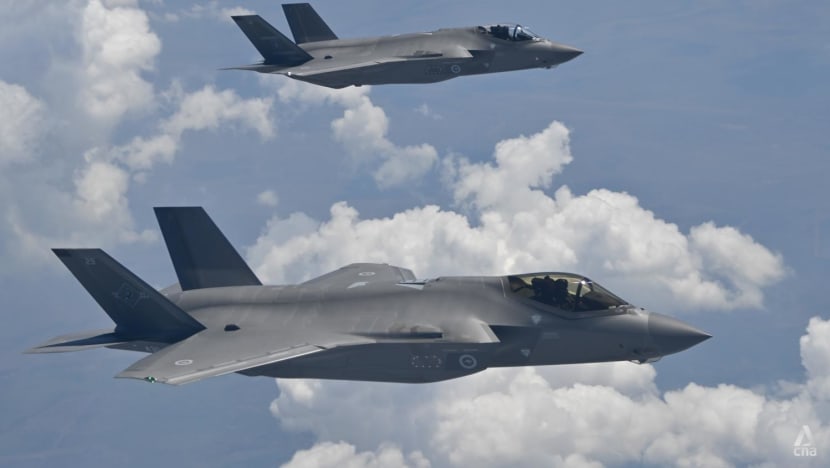
The RSAF tanker is making its debut at Exercise Pitch Black in Darwin, Australia, where it is also refuelling the F-35s for the first time. On Wednesday it refuelled a dozen fighter jets, including the RSAF’s F-15SG and F-16D+ as well as Australian F-35As and US F-35Bs.
What is significant is that Singapore is also buying the F-35B, with an initial four jets to be delivered in 2026. MRTT pilot Major (MAJ) Michelle Teo, 32, welcomed the chance to refuel the jets as a “good experience”.
“It does give us an insight and an opportunity to learn about air-to-air refuelling with them, because in the future, we are also acquiring the F-35,” she said.
HOSE AND DROGUE
The method of tanking the F-35B - the short-take off and vertical landing variant - is also different from the conventional F-35A variant and RSAF’s current jets.
While RSAF’s fighters are refuelled using the boom method, where the air refuelling operator manoeuvres the MRTT’s boom into a receptacle on the receiving jet, the F-35B is refuelled using the hose and drogue method.
In this case, the air refuelling operator simply extends the hose. Then it is up to the pilot to manoeuvre the jet’s fuel probe into the basket.

While 2SG Lim acknowledged that the hose and drogue method requires less input from the air refuelling operator, she insisted it is not a question of which method is easier.
“It’s a different refuelling system,” she said. “I’m not moving the hose but I will give them verbal corrections like ‘forward two’, ‘back two’.”
2SG Lim said air refuelling operators, who have a close-up view of the receiving jets via cameras on the hose tips, are trained to handle the two hoses - one from either wing - simultaneously.
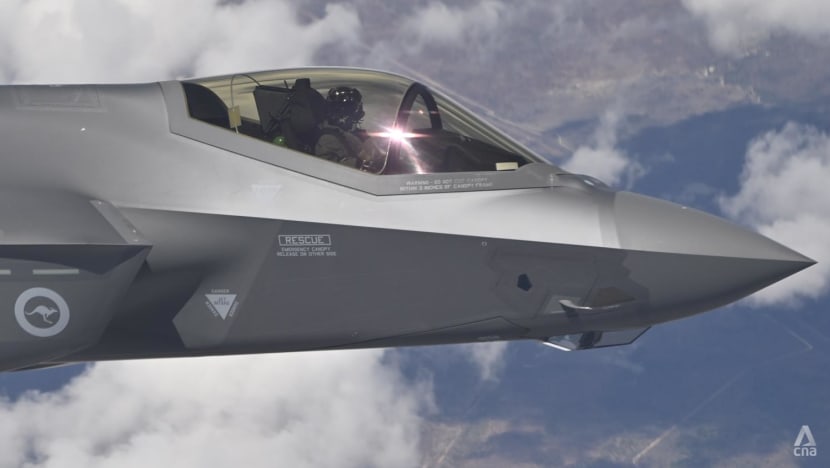
They take note of speed differences between the MRTT and receiver, and relay this information to the pilots.
“It's just to ensure that we are all at the optimum speeds to do the refuelling together,” MAJ Teo said.
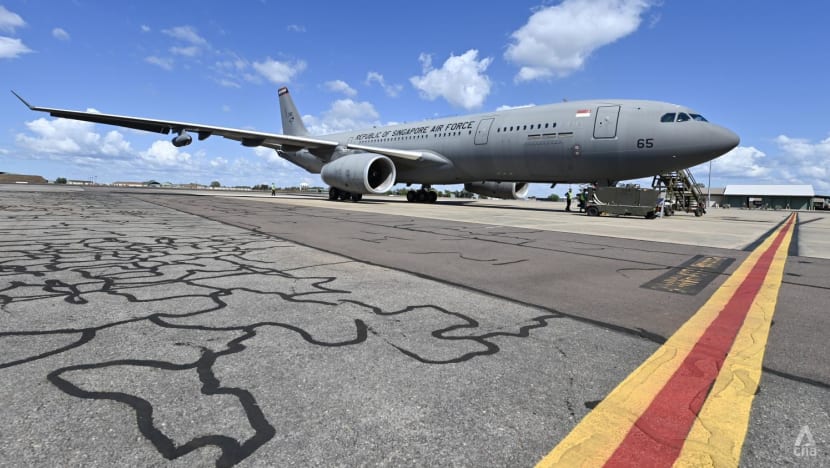
2SG Lim highlighted that the F-35B’s shape makes it “bulkier” and thus “much more stable” during refuelling, but the crew members again said this does not make the refuelling operation any easier.
“I think for every receiver there is a unique characteristic. So it's just like different shapes of different cars,” MAJ Teo said.
“And similarly, it's just for the air refuelling operator to get used to that characteristic to do the tanking.”
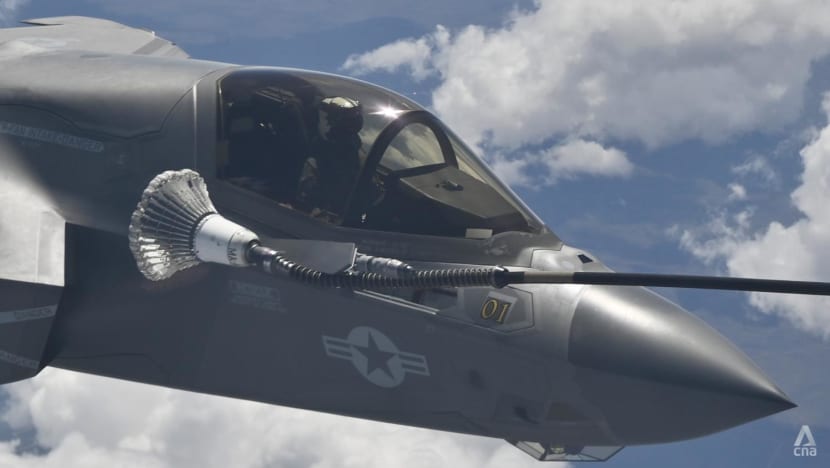
MISSED ATTEMPT
These complexities were clear to see on Wednesday, when another F-35B on the left side of the MRTT - also handled by 2SG Lim - could not be refuelled.
The F-35B pilot tried to connect with the basket but narrowly missed. After a few attempts, the jet left without refuelling.
MAJ Teo attributed the unsuccessful attempt to turbulent weather during the contact phase that made the hose basket move “a lot”.
Related:
“Usually we would want to wait for more stable conditions to make that contact, but that was not possible today. They were a little bit tight on time because they needed to leave the airspace earlier,” she explained.
“So in the ideal situation ... definitely there would have been a successful contact. But unfortunate for today, and it happens. In a real exercise scenario, if they are unable to take the gas, they will still continue the mission if possible.”

DIFFERENT FIGHTERS
While 2SG Lim admitted that some factors like turbulence were beyond her control, she is excited about refuelling fighter jets from different countries such as Australia’s EA-18G Growlers and Rafale fighter jets flown by the French air force.
The large training area for Exercise Pitch Black has allowed 2SG Lim to conduct boom refuelling during longer periods of straight and level flight.

But perhaps the highlight for 2SG Lim is refuelling the F-35B in real life, something she had only experienced through simulators and technical documents prior to the exercise.
“I'm very honoured to be the first few RSAF air refuelling operators to be able to tank with the F-35B, and so closely in my monitor screen,” she said.
















